"Carl Borromäus Andreas Ruthart, Fight Between Wolves, Dogs And Sheep"
Carl Borromäus Andreas Ruthart (Gdansk, 1630 - L'Aquila, 1703)Fight between wolves, dogs and sheep
Oil on canvas, cm 73 x 97
With frame, cm 88 x 111
The work in question, an oil on canvas depicting the fight between a pack of wolves and Corsican hunting dogs in defense of a flock of sheep, is attributable to stylistic and iconographic features in the hand of Carl Borromäus Andreas Ruthart (1630 - 1703)also known as Carl Ruther or Karl Ruthard (in Italian as Carlo Borromeo Ruttardo), a German painter born in Gdansk who, before arriving in Italy, where he spent most of his career, lived and worked in Antwerp, Vienna and Regensburg.
Always considered a follower of Pieter Paul Rubens, whose works he carefully studied, assimilating the warm tones of the colours and the softness of the incarnations, around 1650 he was an apprentice in the workshop of Daniel Schultz, From 1663 to 1664 he was appointed master of the Guild of Saint Luke in Antwerp.
From an early age he specialized in the representation of animals, and in particular, in the representation of fights and ambushes between predators, where stand out violent clashes between tigers, lions, wolves, bears and dogs, usually set in open spaces. The nineteenth-century biographer Pietro Zani remembers him with the title of "Raphael of animals". This type of painting was widespread and popular in Germany at the turn of the seventeenth and eighteenth centuries, bringing many artists, such as Johann Elias Ridinger or Wilhelm Schubert van Ehrenberg to devote themselves to this genre so much in vogue: the same Ruthart, in fact, He also collaborated with Ehrenberg, adding animals to scenes painted by the latter (a painting by Ehrenburg, Odysseus in the Palace of Circe, which includes animals by Ruthart, is now kept at the Getty Center in Los Angeles).
The move to Italy, occurred around 1672, marked the turning point of his art, beginning to prefer sacred and mythological subjects. Among his first assignments there were in Rome, the decorations for the choir of the church of Sant'Eusebio, while in Milan on commission of Alessandro Visconti and with the collaboration of other masters from Compris, including the Flemish Livio Mehus painted, between 1654 and 1659, a large cycle of twenty-three paintings depicting the Myth of Orpheus, now preserved in Palazzo Sormani.
After being struck by the rite of the Celestine Pardon (Celestine Pardon) instituted by Pope Celestine V in the thirteenth century, Ruthart decided to move permanently to L'Aquila, becoming a heavenly monk with the name of Fra' Andrea and spending the rest of his life in the convent of the Basilica of Santa Maria di Collemaggio. Here he painted four large canvases depicting the Life of Pope Celestine: the paintings, conditioned by the artist’s new choice of life, showed animals no longer wild and fierce but meek and company. He then created a similar series on the Life of San Bernardino da Siena, now kept at the National Museum of Abruzzo, as well as four portraits for the Palazzo del Municipio in Chieti depicting Pope Celestine, Braccio da Montone, San Benedetto and Carlo d'Angiò.
In the early nineties the historian Fred Meijer highlighted a certain stylistic closeness to the models of Italian painters such as Johann Heinrich Roos and Nicolas Berchem, as well as the influence of the animal scenes of Frans Snyders, Paul de Vos and Jan Fyt; However, Ruthart’s style is well distinguishable for the accurate pictorial technique that in some cases reaches a precision of miniaturistic type. His production is, in fact, characterized by a finer descriptivity and a greater variety of animals, probably expanded by the artist during his stay in the Lombard capital: Milan, in fact, was an ideal destination for an artist open to animal illustrations, as in those years the scientific museum of the canon Manfredo Settala was established, which included a rich zoological section equipped with stuffed animals and paintings illustrating live animals, from which Ruthart certainly drew inspiration.
The canvas presented here, illustrating the fight between a pack of wolves and some hunting dogs rushed to protect the flock of a shepherd (visible on the left in the distance while preparing to reach the animals to end the fight) is conceived in strict respect of every descriptive detail, an excellent interpretation of animal dynamism and belluina ferocia.
The object is in good condition
With Ars Antiqua you can defer all amounts up to a maximum of € 7,500 at ZERO RATE, for a total of 15 INSTALLMENTS.
Eg. Tot. € 4,500 = Monthly installment € 300 for 15 months.
Eg. Tot. € 3,600 = Monthly installment € 720 for 5 months.
For amounts over €7,500 or for a longer grace period (over 15 installments), we can provide a custom payment.
Contact us directly to get the best quote.
LIVE TV
- SUNDAY 17.00 - 21.00 Dig.terr. 126 + 809 SKY
- THURSDAY 21.00 - 24.00 Dig.terr. 134 + 809 SKY
- Streaming on our website www.arsantiquasrl.com and on our social networks Facebook and Youtube
All the works proposed by Ars Antiqua are sold accompanied by a certificate of authenticity in accordance with the law and accurate fact sheet.
You can see the works directly at the showroom gallery in Milan, in via Pisacane 55 and 57.
We personally organize transport and deliveries of the works, both for Italy and abroad.
































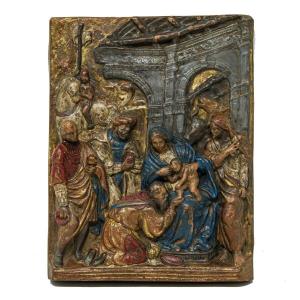


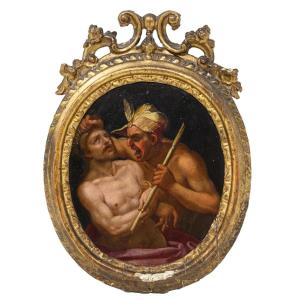
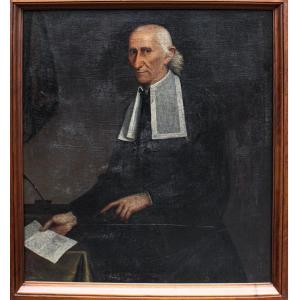

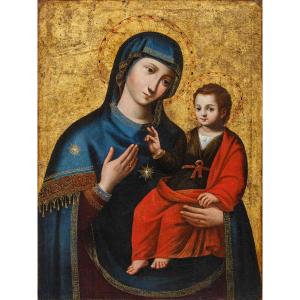
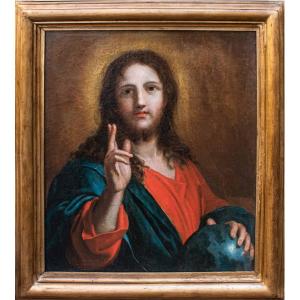

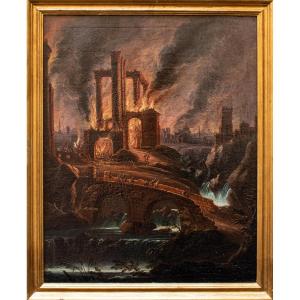

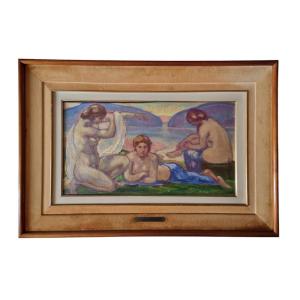
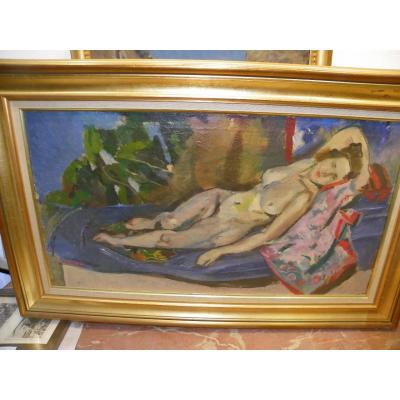

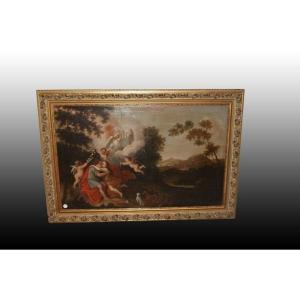




 Le Magazine
Le Magazine Rivista Artiquariato
Rivista Artiquariato TRÉSORS magazine
TRÉSORS magazine